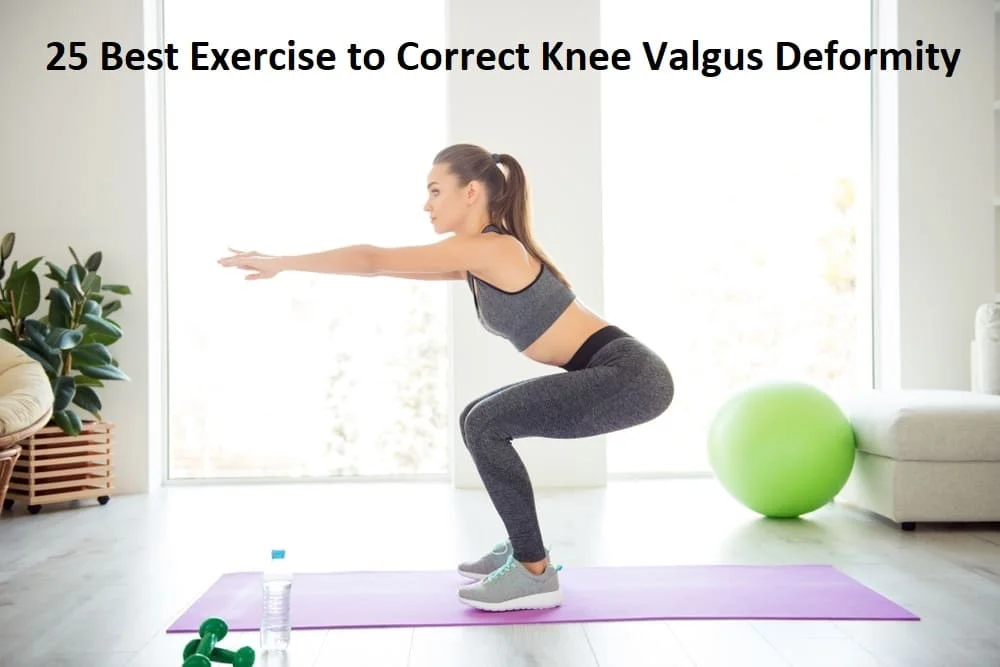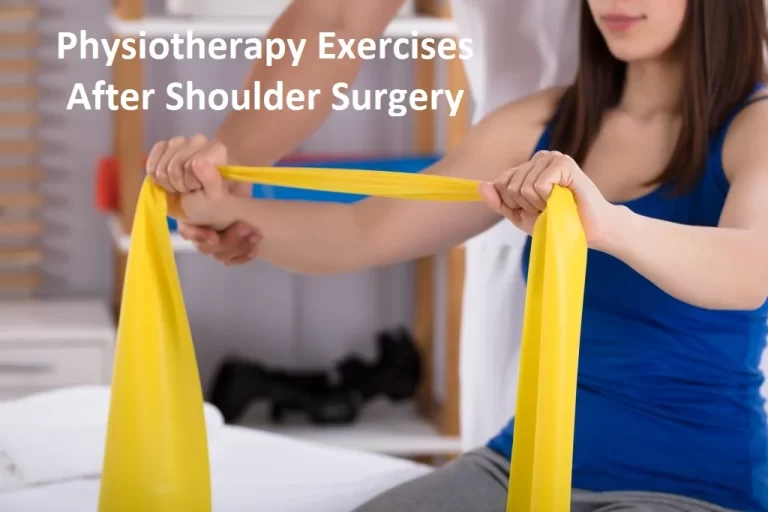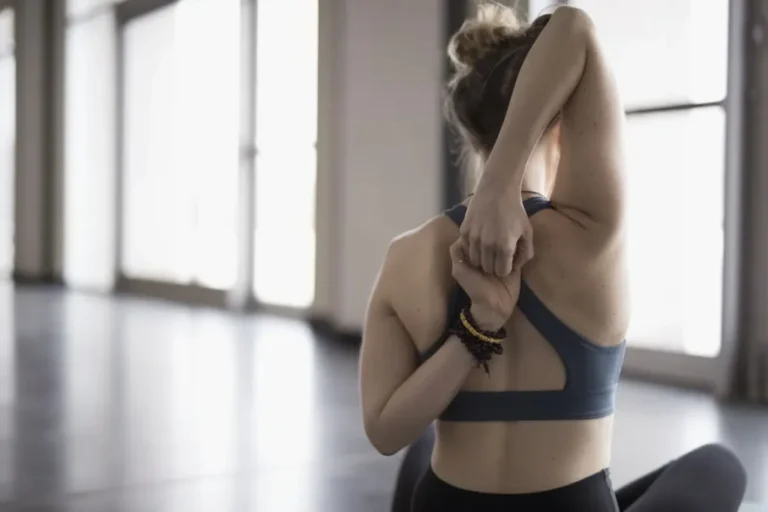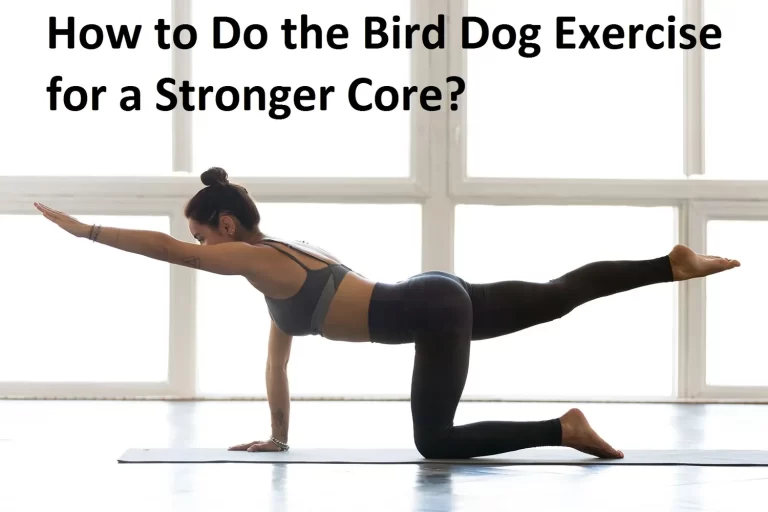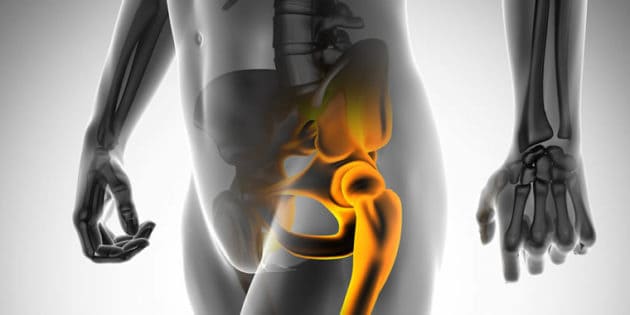25 Best Exercise to Correct Knee Valgus Deformity
To address knee valgus deformity, targeted exercises are essential to strengthen the muscles around the hips, thighs, and knees, helping to stabilize and align the knees properly during movement. These exercises often focus on improving hip and glute strength, as well as promoting better tracking of the knees during functional activities.
Table of Contents
Introduction
The Knee valgus pain deformity is a condition in which the bony segment distal to the joint is bent outward, i.e. away from the side—midline of the body. Opposite deformity, where the twist or angle is directed medially to the center of the body, is called stock. The most common causes of knee luxation (genu valgus or “knee knock“) in adults are knee arthritis and trauma. injuries. The rheumatoid knee usually presents as a light knee. However, knee osteoarthritis can sometimes indicate a valgus deformity or varus deformity is common.
Total knee arthroplasty (TKA) to correct a deformity is surgically complex and requires a specialist. implants called limited condylar knees. Several articles show that exercise can help strengthen leg muscles and improve people’s posture and balance. Research also suggests that this may apply to young adults with knee pain, but there is not enough research to show that exercise improves the condition of children.
In this article, you can learn the basics and modifications of exercise which you can perform during the progression period. Sometimes the knee valgus deformity is genetic and sometimes the reason for another cause. this deformity makes your posture abnormal. in this article, you can learn the mobility exercise which provides the normal range of the joint, and then stretching exercise which maintains the flexibility of the hip and knee muscles. And the major strengthening exercise provides strength to the weak muscles of the hip and knee joints such as gluteus minimus and gluteus medius muscles.
Surgery is usually recommended for severe stages of the valgus knee deformity and cases where exercise, stretching, and weight loss do not provide you with the proper result and does not relieve pain. For pediatric patients, doctors recommended a procedure called guided growth surgery. A surgery procedure starts with a put a small or tiny piece of metal into the deformity knee. This metal plate is useful for the bone to grow in the correct or anatomical direction.
Types of Knock Knees (Genu Valgus)
Physiologic : (abnormal growth and development of knee joint or hip) variant (most common)
Pathologic: Rickets. before metaphysical (shaft of tibia bone) or fracture of the proximal part of the tibia(also known as the “Cozen’s Phenomenon”) Multiple epiphyseal dysplasias (also described as the bone and cartilage disorder affecting distal part of leg bones)
What are knee valgus patterns?
The light knee pattern is sometimes colloquially referred to as “the knees”. In this case, the angle between the tibia and femur joint on less than in the lateral aspect it should ideally be, and this angle is wider than on the medial aspect or side. In contrast, the varus knee pattern, colloquially known as “spring legs,” is the opposite. The angle between the tibia and femur is smaller on the medial side and larger on the lateral than neutral.
Each of these patterns can be mild and the size of the angle can vary little compared to the neutral pattern. In this case, the person may not experience reduced function or pain. At the other end of the spectrum, these patterns can exist in extreme variations. More extreme versions of these models can negatively affect the function and sometimes cause pain.
Common Knee Injuries Surrounding Knee Valgus deformity
An ACL injury is the most common form of knee injury in the United States today, with an estimated 100,000 to 200,000 per year. In addition to ACL stress, medial knee collapse exposes the lower limb to a variety of other orthopedic problems, such as lateral hip pain, ITB stress, patellofemoral strain, MCL strain, and posterior tibial strain (1). When our body develops a compensatory movement, it can lead to potential pain and/or injury. Repetitive stress on the knee can cause overuse injuries to the knee. Below is a rendering of what the knee light looks like.
Causes of knee valgus deformity
an injury or infection(osteomyelitis) in your knee or leg
severe lack of vitamin D and calcium
obesity
arthritis in the knee
Any knee injury or infection of your knee or hip
bone malformation from rickets, a disease caused by a lack of vitamin D and calcium
other bone diseases
obesity, which causes excessive pressure on your knees
arthritis in your knee joint
Idiopathic(lateral femoral hypoplasia)
Malunion
Rickets
Scurvy
cerebral palsy
paralytic condition(poliomyelitis)
Juvenile arthritis
metaphysical tibial fracture
Renal osteodystrophy
Symptoms
knee or hip pain
foot or ankle pain
you can not touch your feet while standing with your knees together
stiff or sore joints
a limp while walking
reduced range of motion in hips
difficulty walking or running
knee instability
progressive knee arthritis in adults
patients or parents may be unhappy with the aesthetics
Exercise for Knee Valgus deformity
Lying abduction
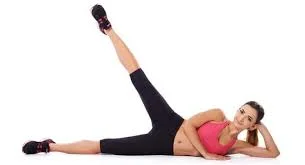
The lying abduction exercise is a mobility exercise for the hip joint. start with the side Lying position on each side by alternating methods on the plinth or mat.
then you can raise the upper hip at a 45-degree angle and hold for around five to ten seconds. Then back to the starting position. The hold is not necessary for this exercise.
Repeat 10–12 times per session, and do the same with the other leg.do three sets per day.
Side lunges
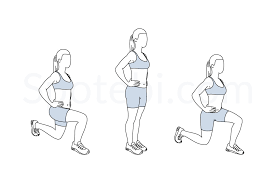
The side lunges are difficult exercise so you can on the progression period of the exercise. start with the Standing position with the feet hip-width apart and place the arms in front of your chest. now take a Step sideways to the right on the left side. you keep any object in your hand which is not necessary. flexion of your knee as the foot touches the surface and pushes the hip backside. now take a standing position and back to the normal position.
Repeat 10–12 times per session, and do the same with the other leg do three sets per day.
Hamstring muscle stretch
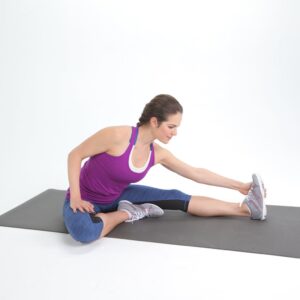
Start the hamstring stretch passively if you are not able to do it actively.
Start with the long Sitting position on the mat or plinth with both legs straight.
Flexion of your shoulder at 90 degrees then reaches forward by flexion the spine as far as possible while keeping your knees straight(which is necessary).
Hold the hamstring stretch position for 15 to 30 seconds.
then relax.
Repeat 10–12 times per session, and do the same with the other hamstring muscle do three sets per day.
Wall squatting

For the wall squat, you can take a standing position with the support of the wall or stand straight against a wall while keeping the body slightly away from the wall during the progression period of the exercise and the feet shoulder-width apart.
for the Squat to no more than 90 degrees and hold the squat for around 5-10 seconds while keeping the abdominal muscles contracted. you should try the holding duration increase day by day.
during the progression duration of the exercises, you can add a thera band for strengthening purposes around the knees while doing this exercise. Repeat 10–12 times per session, and do the same with the other leg do three sets per day.
Calf muscles stretching
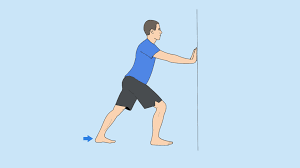
Calf stretch with or without a wall
There are two common techniques for calf stretching you can also do actively or passively. the first technique requires a wall, the other does not. Along with the wall
Step 1: With Stand make the distance between around an arm’s length in front of a wall. performed slight hip flexion and left hip put the behind right hip Extend both arms against the wall. Step 2: give pressure to your lower leg (heel into the ground and extend your back leg while keeping your front knee flexion. Stay in this position for 15-20 seconds. Step 3: Repeat these same calf stretch for another muscle. Without a wall
Step 1: start with the long sitting position you required a towel or napkin for this exercise 2: then wrap a towel around your foot and pull the towel through your hand and keep the stretch or position for 30 -60 seconds. Step 3: Repeat the stretch on the other muscles.
Resistance band squat
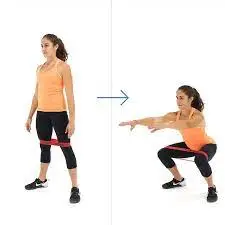
For the resistance band exercise, you needed a resistance band that matched your strength. When you do a band squat, make sure your core is engaged, your back is flat, and your body weight is centered. Also, remember to avoid bending over.
Start with this exercise without a resistance band if you feel comfortable then add the resistance band for the strengthening of the hip muscles. this exercise is a modification of the squat exercise. Working with a physical therapist, personal trainer, or other qualified healthcare provider can help you learn how to perform each movement correctly and safely. Repeat 10–12 times per session, and do the same with the other leg do three sets per day.
Quadruple set for leg and knee
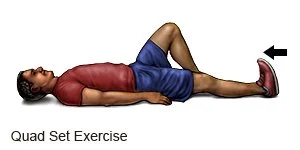
This quadruple-set exercise is designed to stretch and strengthen the muscles around the knee. Talk to your doctor about the risks and benefits of exercise before you start. Read all instructions before starting your workout. Breathe normally and make smooth movements during the exercise. If you feel pain, stop the exercise. If the pain persists, call your doctor. relaxed your shoulder while exercising. Sit on the floor with one leg straight, and the other bent. Bend the straight leg into the leg, pointing the toes towards you. Press the back of the knee into the floor and simultaneously tighten the upper thigh muscle. Hold for 3-5 seconds. Then relax. Repeat 10-15 times per session do three sets per day.
Quad sets exercises help you build and maintain the strength of the hip muscles on the posterior aspect of your thigh. while sitting you are “setting” these quadricep muscles by holding them tight or making them contract.
Fire hydrants exercise
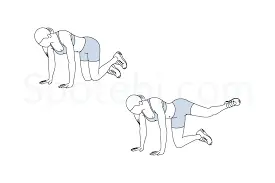
Fire hydrants include the following movements in sequences:
Start the fire hydrants exercise quadruped position and then Brace your core and keep your back straight. It should be parallel to the ground. Keep your left leg at a 90-degree angle and lift your knee out, away from your body. This movement should open the left hip. Pause for a moment before returning your leg to the starting position. The benefits of fire hydrants help strengthen and tone the muscles of the lower body, especially the hip and gluteal muscles, which are important for maintaining balance, stability, and posture. Specifically, fire hydrants target: Gluteus medius, situated on the side of the hip. Repeat 10-15 times during the session, do three sets a day.
Pigeon Pose
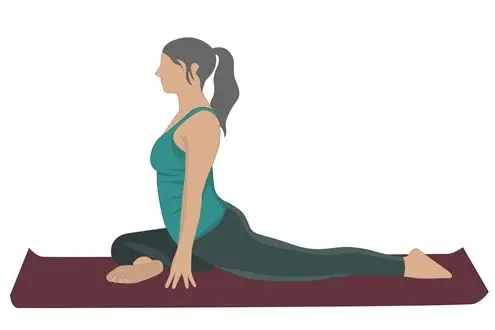
Pigeon Pose is a pose that people commonly incorporate into their yoga practice. It includes the following movements:
Start on all fours on the floor, and bring your right knee to your right wrist. Place your right ankle in front of your left hip so that your lower leg is as close to your left leg as possible. Slide your left leg back, keeping it extended, and point your toes so the heel is toward the ceiling. Inhale, lengthen your spine, draw in your navel, and rise to your fingertips. Exhale and lower your upper body to the floor. If possible, rest your hands and forehead on the floor. Hold the pigeon pose for five to ten seconds. Squeeze your hands and lift your hips up and return to all fours. Repeat on the other side. Repeat 10-15 times per session do three sets per day.
Figure 4 Stretch
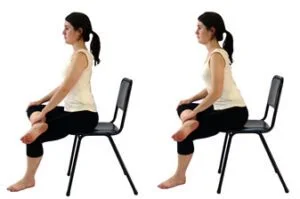
Figure four stretches the outer pelvis and back. The stretch specifically considers some specific muscle such as the gluteus medius, which is responsible for that hip movement and hip mobility and is responsible for stabilizing the hip joint. The stretch shown in Figure 4 requires a person to follow these steps:
Lie face up, bend both legs at the knee, making sure your feet are flat on the floor. Lift your left leg up and place your left ankle over your right thigh. Let the left knee drop out as much as possible. Place your hands around the back of your right thigh and pull it close to your upper body. you can experience the muscle stretch in your hips and glutes. Hold this stretch for 30-60 seconds. Repeat on the other side. Repeat 10-15 times per session do three sets per day
Single-Leg Band Stretches
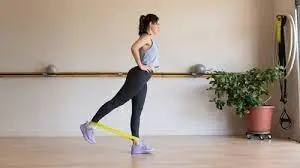
This exercise uses a resistance band to strengthen the hip flexors.
Step 1: Start With the standing position now you can take a resistance band and firmly attach it to a stable object or at ankle height, and you should stand parallel to the resistance band.
Step 2: Wrap the tape around the ankle farthest from the fixed object.
Step 3: Extend the resistance band by moving your leg to the side. Once the leg is as far as possible, hold the position for two seconds, then gently release back to neutral.
Repeat 10–12 times per session, and do the same with the other leg do three sets per day.
Leaning Ankle Band Stretches
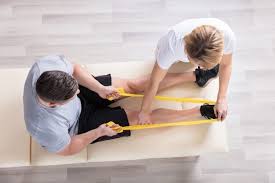
This exercise helps stretch the hip flexors and strengthens the ankles. Step 1: hold the resistance band through your hand and your resistance band should be perpendicular to your leg which is necessary.
Step 2: our feet should be farther apart than hip-width once you have wrapped the strap around the nearest ankle.
Step 3: Lean away from the resistance band and bend the knee that is not in contact with the band. Keep both feet firmly in place. You should feel the band pulling on the inside of your ankle.
Kickbacks
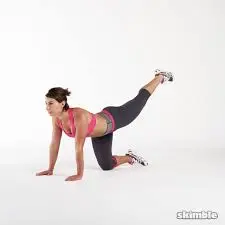
This exercise helps to coordinate the step and strengthens the muscles of the outer thighs.
Step 1: Stand with your feet hip-width apart and wrap a round exercise band under your knees.
Step 2: Slowly lift one leg back and up as if preparing to hit the ball.
Step 3: Hold this position for a few seconds, then release it back to a standing position. Repetition should be this exercise can 15-20 times per session.
Clamshell exercise
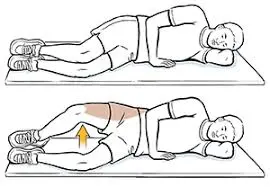
For the clamshell exercise, you can take a side-lying position on the mat or plinth, the hip should be slightly flexion and the knee also should be flexion ankles placed on each other .now with your upper hip and knee you can perform hip abduction. or With your feet together, slowly raise your upper knee. Hold the lift position for around five or ten seconds, then lower back to the
starting position.
Repeat 10–12 times per session, and do the same with the other leg.do three sets per day.
Resistance Band Clamshell
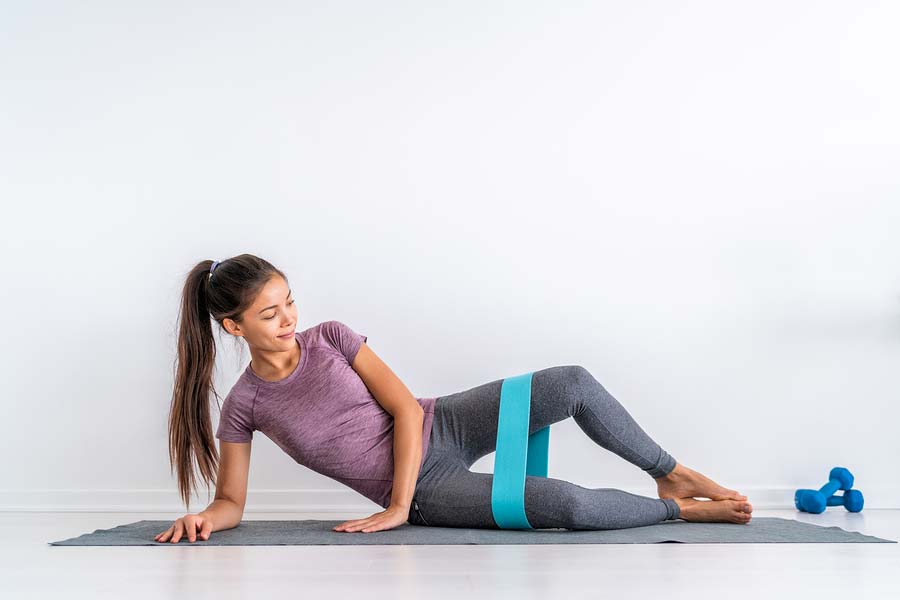
For resistance band exercises you should take a side Lying position with hip and knee in slight flexion and ankle put on each other. now you can wrap a resistance band around the thighs. you should take care of Keeping your feet together and raise your upper knee. and then hold the lift position for a few seconds and then back to your starting position. Repeat 10–12 times per session, and do the same with the other hamstring muscle do three sets per day.
Bridges (Glute Focused Exercises Bridges)
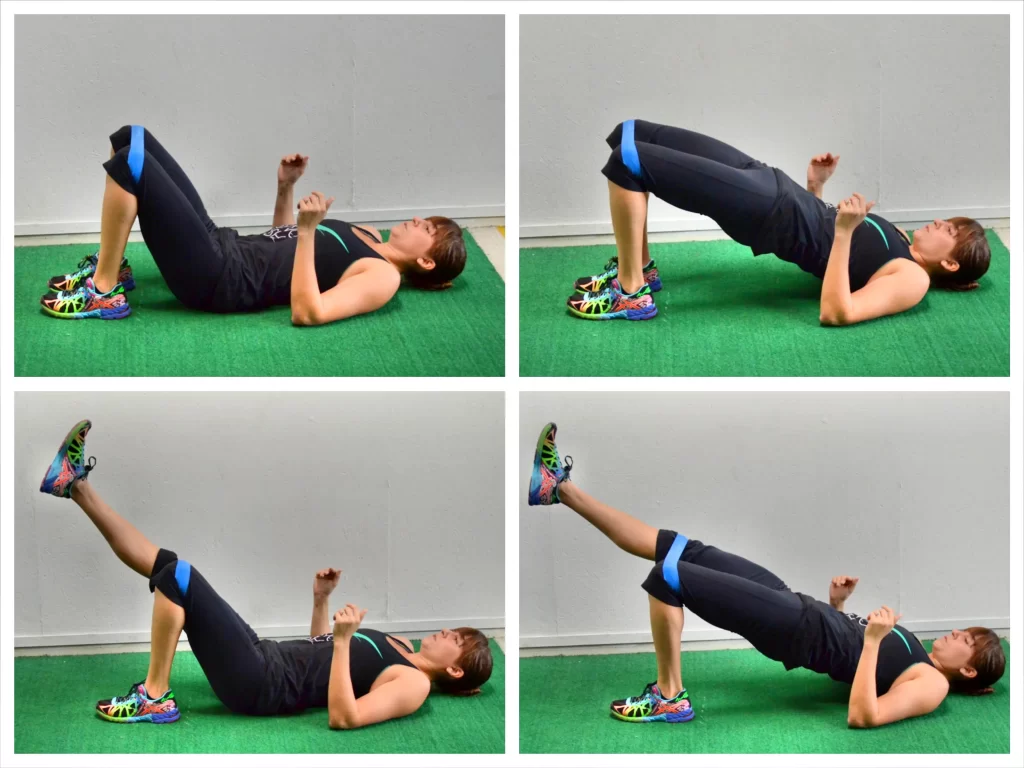
Start on your back with your knees bent and slightly apart. Tighten your stomach first and then your gluteus. Next, sink your heels into the ground and lift your hips toward the ceiling. In the final position, the knee, hip, and shoulder should be in the same line. Hold the final position and squeeze your gluteus, then slowly return to the starting position. You should feel your gluteus working to master this movement. At no point should you feel your lower back muscles lifted. If you only feel it in your hamstrings, try bending your knees a little more and repeat. Avoid arching your lower back when you do this.
Single-Leg Bridge–Band
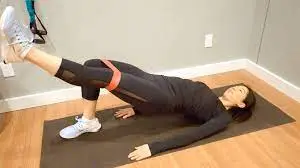
Start the single-leg bridge exercise with a supine lying position then you required a resistance and placed it just above your knees. Bring the other leg to your chest, and with your foot on the floor, drive through your heel to lift your hips toward the ceiling. In the final position, the knee, hip, and shoulder should be in the same line. Stay in the final position and squeeze your gluteus, then slowly return to the starting position. This is also a progression exercise of bridging exercises. Repeat 10–12 times per session, and do the same with the other leg.do three sets per day.
Hip Thrust
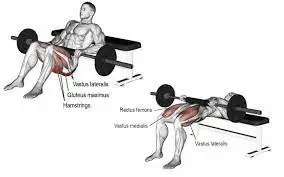
For the hip thrust exercise, you required an elevated bench and a proper environment. Begin by placing the upper part of the body on an elevated bench. The shoulders should be slightly above the edge. you should Keep your feet and shoulder in a straight line and flat on the surface. Knees bent, feet slightly behind the knees. Press into the ground, lifting your hips straight up. Stop the exercise when you are not feeling well or uncomfortable. Hold this lift position for three to four seconds and then slowly return to the starting position.
Single Leg Hip Thrust With Band
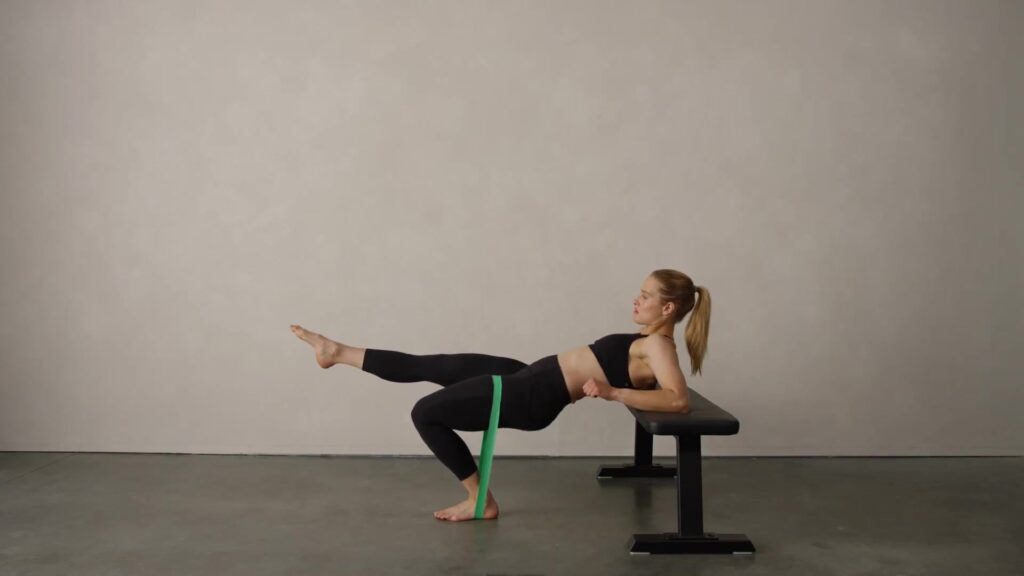
For this exercise you also require an elevated bench Begin with keeping your mid-back with arm support and put on a bench or elevated surface with your feet hip-width apart. Used a resistance band and wrap it above your knees. Bring one knee up towards your chest to provide tension to the resistance band. The elevated hip should be not only driving up but also slightly out near your shoulder. Repeat 10–12 times per session, and do the same with the other leg do three sets per day.
Side plank with hip abduction
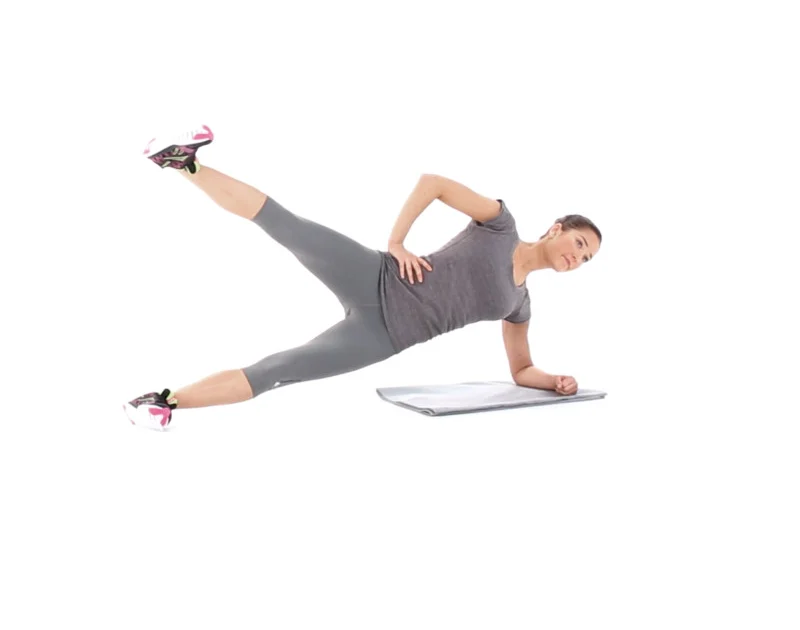
For this exercise, you can take the side-lying position as well as a prone position. Lie on your affected side and keep your forearm under you to support your body weight. Keep your hand on hip.
Then, place your one fist on your stomach to on your hips for stability. Now, you should lift your pelvis and knee, hips up until your body makes a straight line, and then raise your right leg in the air. expiration during this portion of the exercise.
Hold the position for around two to three seconds. Then, lower your upper hip until it is on top of your left, and lower your hips back down until your buttocks make connect with the floor. Inspiration during this portion of the exercise. Complete the desired number of reps. Then, repeat on your right side and do the same for the minimum number of reps. Alternate both sides for reps. Target Muscle Groups in this exercise are Tensor Fasciae Latae, Gluteus Medius, and Gluteus Minimus. This exercise increases the strength of these muscles.
Leg raise exercise
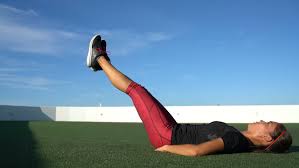
The leg raises is the straight training exercise which is considered the anterior aspect of the hip flexors. Start with the supine lying leg raise is done by lying on the mat or plinth. This is done without any equipment, except for possible pads or weights to increase the resistance. leg raises exercise is commonly used to strengthen the rectus abdominis and internal and external obliques.
Practitioners are usually careful to keep the lower back in contact with the floor and place their hands at the sides or under the lower back for support.
Because of the leverage effect, the first part of the bench (bench) lift is usually the most difficult when the feet are on the ground because then the femur is parallel to the ground and perpendicular to the pull of gravity.
Repeat 10–12 times per session, and do the same with the other hamstring muscle do three sets per day.
Butterfly Pose
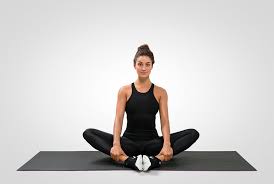
The butterfly exercise begins in a sitting position on the yoga mat. Gradually flexion of your knees and keep the soles of your feet together which is necessary. Place your fingers on the side of your pinky toes or place your hands on your ankles or lower leg. Lengthen your spine and expand your chest. Pull your shoulders down and back. Stay in this butterfly pose around for up five to ten minutes which is depend on you. To release the pose, extend your legs forward and lean back onto your hands. Repeat 10-15 times per session do three sets per day.
the benefit of these exercises is that They may reduce the pain in the hip and knees.
Legs-up-the-Wall Butterfly Pose
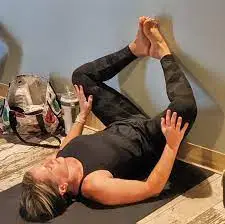
This different type of Butterfly Pose supports the spine and is great for the reduce knee pain and valgus deformity. with a sitting position right side against the wall. Bend your knees to your chest. Turn your legs against the wall and turn to lie on your back. Place your hips against the wall or slightly further away. Bend your knees as wide as possible. Lower your heels as far as possible. Squeeze the soles of your feet together. Stay in this position for up to five to ten minutes. it totally depends on you.
Reclined Butterfly Pose
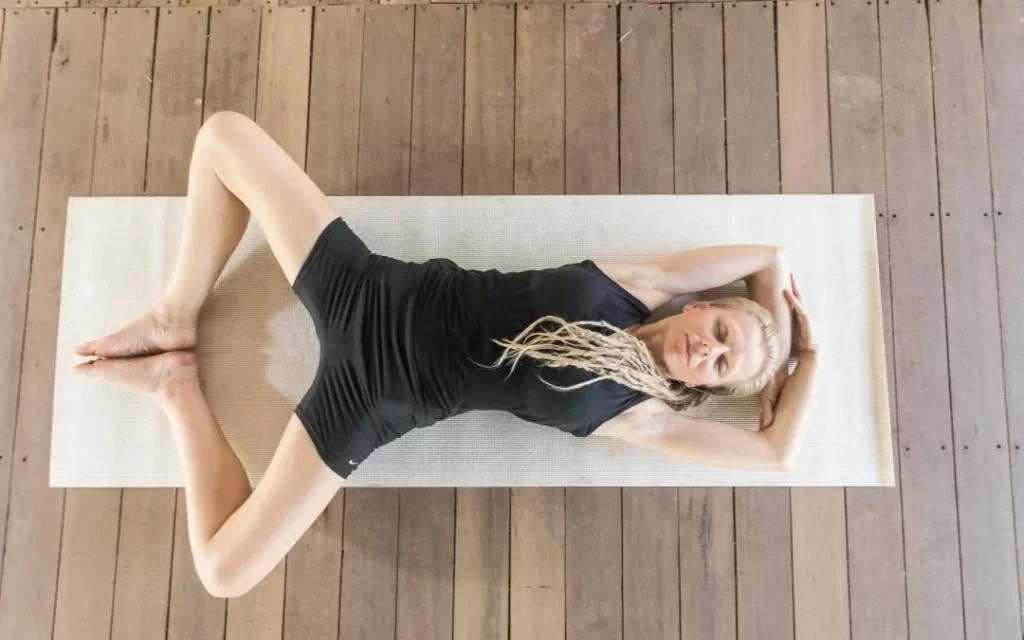
For reclined butterfly position you can place a pillow or pillow on your spine or under your shoulders. You can also use pillows for sloping support. you can use a yoga mat for this pose.
Start in the butterfly position.
Using your hands for support, lie slightly on your back.
Stay in this position for up to five to ten minutes which is depend on you.
Forward bending Butterfly Pose
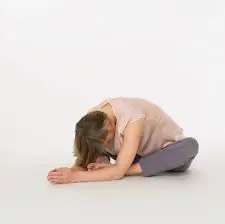
For forward bending butterfly pose you can stack blocks and pillows to support your forehead or use a pillow to support your body. Start in the butterfly position.
Gradually lean forward, hips hinged. During this exercise, you can relax your whole body.
Extend your arms in front of you, and stretch your hands through your fingertips.
Stay in this position for up to five to ten minutes which is depend on you.
Tips and some treatment protocols for the knee valgus deformity
If you have a knee valgus deformity, it’s generally not recommended to completely avoid physical activity, as some level of movement and exercise can be beneficial for overall health and well-being. However, it’s essential to be cautious and mindful of the activities you engage in, especially those that may exacerbate the condition or put excessive strain on your knees.
Here are some tips to consider:
Low-impact exercises: Opt for low-impact activities that are easier on the knees, such as swimming, cycling, or using an elliptical machine. These activities can help maintain cardiovascular fitness without putting too much stress on the knee joint.
Avoid high-impact activities: Steer clear of activities that involve jumping, running on hard surfaces, or sudden changes in direction, as these can worsen knee valgus deformity.
Strength training with caution: While strengthening the muscles around the knees and hips can be beneficial, it’s crucial to perform exercises with proper form and avoid exercises that may contribute to poor knee alignment.
Physical therapy: Consider working with a physical therapist who can design a customized exercise program to improve knee alignment and strengthen the surrounding muscles safely.
Listen to your body: Pay attention to any discomfort or pain during or after activities. If you experience any discomfort, stop the activity and consult with a healthcare professional.
Bracing or support: In some cases, using knee braces or supports may provide additional stability during physical activities. Consult with a healthcare professional to know about this is suitable for your condition or not.
Remember, the approach to physical activity will vary depending on the severity of your knee valgus deformity and any underlying medical factors. It’s essential to consult with a healthcare professional, such as an orthopedic specialist or physical therapist, before starting any exercise program or making significant changes to your activity level. They can provide personalized guidance and ensure you engage in activities that are safe and suitable for your specific condition.
Safety Considerations
There are many reasons for Genu valgum deformity first one is due to muscle weakness (hip and knee muscles are responsible) in some cases the reason is skeletal and structural impairment in the human body. If this is the case, you may find that certain exercises cause knee pain. Exercise does not have to be painful; if you notice pain during or after exercise, stop immediately.
If during a standing position, you are not able to bring your ankles together when your knees meet, you may have in future a more fundamental problem. In addition to exercise, if Genu valgum bothers you, you can contact your doctor for an evaluation(assessment) and possible treatments.
Orthotics and braces
Orthotics are attachments placed in shoes that help correct a person’s gait or the way the foot hits the ground when walking or running. This can be especially useful for people with Genu valgus and one leg longer than the other.
For some children, doctors may recommend braces or splints in addition to or instead of orthotics. Braces are designed to help the bones grow into the correct position.
Prevention during knee valgus deformity
Keeping your knees in alignment during exercise may help to improve your knee position and minimize your risk of injury.
Prevention includes:
When running, take care of your knees remain over your toes when landing on each foot.
When squatting, don’t squat so deep that your correct hips go below your knees. Keep your knees over your toes.
Wear orthotic shoes that will provide the proper knee alignment in your daily life.
To decide which style of shoe or insert will provide the optimum foot mechanics, see a footwear expert or podiatrist. You may need a prescription orthotic.
Can we change valgus knee deformity patterns?
Yes, these knee valgus patterns can be modified to some extent. But if we really want to change them, we need to look at the body more holistically. The angle of the hip, knee, and ankle joints can have a genetic component. They will probably change. Our knee position can also be caused by something we cannot change, such as an illness or acute injury. But we also get our patterns of activities and accidents and injuries that we experience. If these patterns persist in the soft tissues (muscles and fascia), it is possible to change them. We must consult with an appropriate medical professional, such as a physical therapist or experienced body worker, for a full evaluation to understand the limitations of possible changes in our locomotion(pattern of walking).
A note from Samarpan Physiotherapy Clinic
If you have knee valgus deformity you can first start the physiotherapy treatment Several studies indicate that exercise may help strengthen the weakened muscles of the hips and the knee and could improve posture and balance in people with valgus deformity. for this condition focused on the first stretching exercises particularly muscles such as Hamstring stretches, you can add Piriformis (muscle in buttock area) stretches Gluteus medius (side hip muscle), and then start the strengthening exercises with a resistance band. This exercise provides a better posture to your body. If you have this deformity so you can visit our clinic for treatment. In this article, you can learn many butterflies pose which give the normal posture to your deformed knee. Exercise can realign the knee and maintain the proper posture of the knee and hip joint.
FAQs
these are the major causes for this deformity but sometimes the reason is different:
an injury to the knees or legs.
osteomyelitis (a bone infection)
arthritis.
vitamin D deficiency.
some genetic conditions which make your joint hypermobility syndrome or Ehlers-Danlos syndrome.
Knee valgus deformity developed abnormal posture for such activity as jump landing during sports activities that reasons of various knee injuries, knee ligaments tear or damage such as anterior cruciate ligament tear(ACL),(patellar dislocation) and medial collateral ligament injuries. so with this deformity, you can suffer from these injuries which is normal with this deformity.
It is a very confusing answer but maybe yes or maybe not. In almost all cases of genu valgus, the condition will manage before a child reaches adulthood. For older children and adults, the most likely form of therapy is managed by stretches of weakened muscles and exercises for weakened muscles to realign the knee joint posture and reduce the knee pain. Some people might find relief with orthotics or braces(mechanical devices which provide the anatomical posture to the body)
First, you can start the physiotherapy treatments for weakened muscles (Strengthening the knee and hip muscles) exercise to improve valgus knee deformity, and performing a squat with a resistance band can help improve the function of the weak muscles of the hip. Resistance bands are the best strengthening apparatus to recover the valgus knees and provide strength to your hip muscles. so exercise is a great way to treat valgus deformity. the exercise included mobility exercise, stretching exercise, and the strengthening
exercise.
A common improper movement pattern you can see during a squat exercise is knee valgus (knees caving inward). This is typically the result of strong hip adductor muscles (situated on the inner thigh) overpowering the weak hip abductors (gluteus minimus and gluteus medius).
In addition, the increased incidence of flat foot in young people with hallux valgus condition has been shown to be associated with recurrent. knee joint pain, lower back pain (perhaps due to rotation of the lower limbs), and a compensatory postural change in the spine and on the lower limbs.
Knee valgus deformities can be classified into five subtypes according to the origin of the deformity in radiological analysis: the supracondylar region of the femur, the distal lateral femoral condyle, and the distal and posterior lateral femoral condyle, the tibial plateau or the metaphyseal segment…

